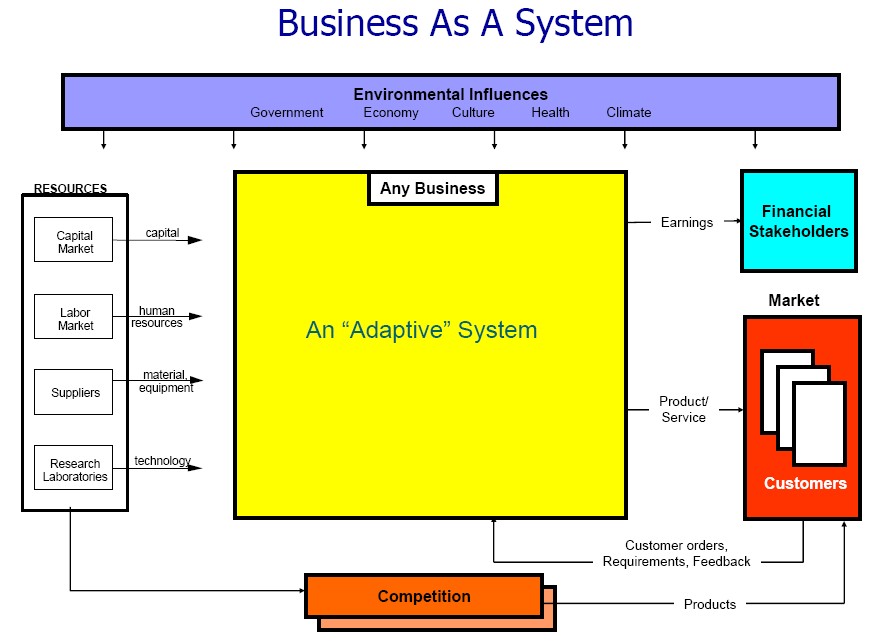There’s just something about that mid-Western accent that I find endearing, and when Roy Massie from SunGard first pronounced “insurance” as a two-syllable word, I was hooked. Roy’s was the last non-Proforma presentation of the conference, and he was the only partner speaking (although I suppose that technically speaking, HP Consulting is likely a partner). If you’ve read Column 2 much in the past, you know that I have had a big focus on systems integration and implementation, so I was very interested in what SunGard had done to integrate ProVision with their products.
First of all, who knew that SunGard even had a BPMS product? Apparently the product of an acquisition, it doesn’t show up on the SunGard site, but has two other sites where it lives. Although SunGard did show up as a niche player on Gartner’s Magic Quadrant back in 2003, they’re not there any more; I imagine that niche might be limited to only SunGard customers for their other systems. I’ve seen SunGard transaction processing systems (not including any BPM functionality) in many of my mutual fund and other financial customers, so this isn’t a completely unexpected leap.
What was unexpected was the audience response when Roy asked the audience how many of them export their processes from ProVision to a BPMS for execution; I was sitting more than halfway back in the room, and there were no hands up in front of me. I didn’t turn quick enough to count, but Roy said “a couple of you” when characterizing the response. My question is if ProVision users aren’t pushing their process models through to a BPMS for execution, aren’t they missing a lot of value? And what, exactly, are they doing with those process models? Or is this just exposing my bigotry over what process models are good for?
The integration seems pretty straightforward, and based on later information, is similar to what is done by other BPMS vendors: processes are modelled in ProVision, then exported using Proforma’s open Common Interchange Format (CIF) and imported into SunGard EXP Process Director.
I did like Roy’s description of practices (determined by experienced specialists) versus procedures (executed by trained workers), and how they combine to make up processes. I also liked his phrase “enterprise technology sprawl”, and his discussion of how an unstructured collage of technologies can start to dictate business processes. He made the great point that all compliance initiatives are based on process transparency, and (referencing the Aloha Airlines presentation about how they started modelling their business in order to organization themselves out of bankruptcy) that a near-death experience is a great motivator.

 Our after-lunch keynote on the first day was by Geary Rummler, co-creator of the well-known Rummler-Brache methodology and author of
Our after-lunch keynote on the first day was by Geary Rummler, co-creator of the well-known Rummler-Brache methodology and author of 
 Sometimes I don’t pick up a lot from a presentation, or at least I don’t write a lot of notes about what I learned from it. Bill Riordan from
Sometimes I don’t pick up a lot from a presentation, or at least I don’t write a lot of notes about what I learned from it. Bill Riordan from